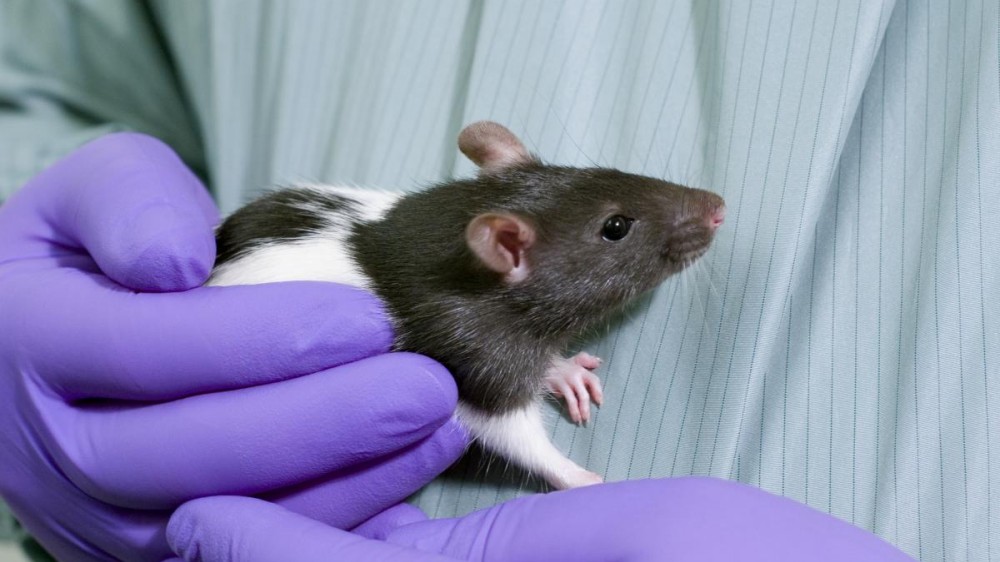Microsampling – less is more

Last month saw the launch of our online resource on microsampling featuring a range of tools for researchers including example study designs, videos showing microsampling techniques and a decision tree to help determine what type of sampling to use in a particular study.
Microsampling has become a huge discussion point recently as organisations strive to replace, reduce and refine animal use. A survey of 27 organisations, conducted in 2013 by the NC3Rs indicated that 100% of respondents wanted to implement microsampling in their studies. Here we summarise the main reasons why:
- Better science. Microsampling from main study animals means you can directly correlate any toxicity seen in an animal with the level of drug or chemical exposure in that animal.
- Supporting the 3Rs. There are enormous 3Rs benefits to implementing microsampling. Blood loss is reduced, the procedure is quicker (resulting in less stress for the animal) and as you can use smaller satellite groups or even eliminate the need for satellite animals entirely, animal numbers can be reduced by as much as 43%.
- Saving money. Reduced animal numbers not only means a reduction in the costs of acquiring animals, but also reduced animal-related resources such as housing and care, as well as a reduction in test compound required. One company estimated a potential saving of $350,000 per year!
- Sampling main study animals doesn’t compromise key endpoints. Recent studies in adult and juvenile rats, including a runner up in the 2014 International NC3Rs Prize, have shown that the majority of key endpoints are not altered by repeat microsampling and all parameters are within historical ranges.
- Microsampling can be used in a variety of study types. Microsampling is used by many companies in early studies, such as those in discovery and for dose range finding, but it is being increasingly implemented in a variety of other studies such as regulatory toxicology, pharmacokinetic and safety pharmacology studies.
- There are a variety of microsampling approaches and methods including the VAMS Mitra, Drummond plasma separation capillary and glass capillary methods. Microsampling can be carried out from smaller satellite groups or from main study animals depending on the requirements of your study. With our web resource providing more information on the techniques and videos to guide you through some of the methods, it’s easy to find an approach that suits your project.
Many organisations are already using microsampling as standard in their studies. Through the new website we aim to support those who have not yet made the transition, and help them realise the huge 3Rs, scientific and financial benefits that this can provide.
The resource is constantly being developed and we rely on the scientific community to help with this. To get involved, please email enquiries@nc3rs.org.uk.
